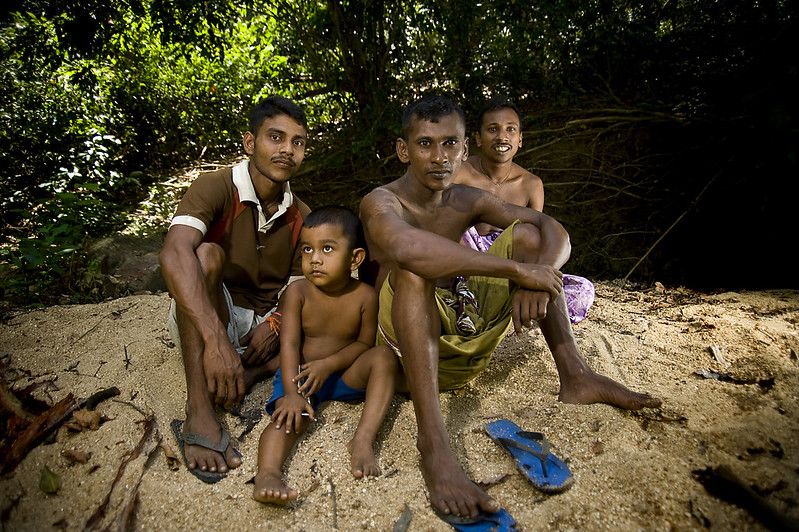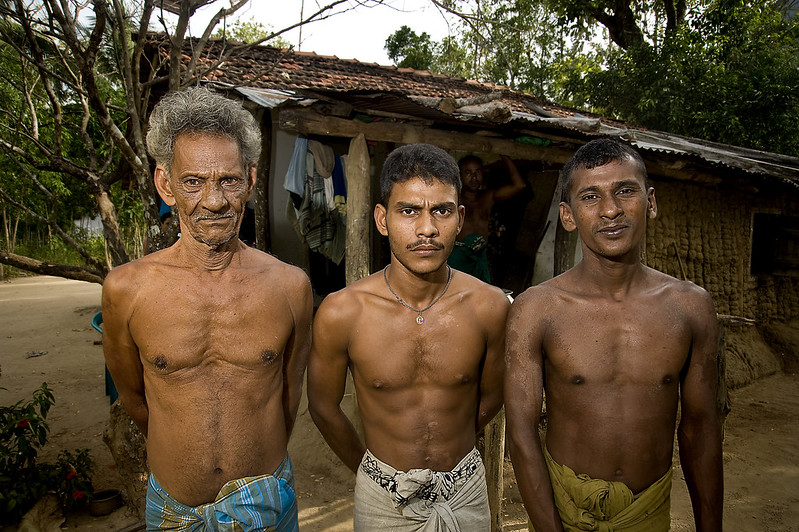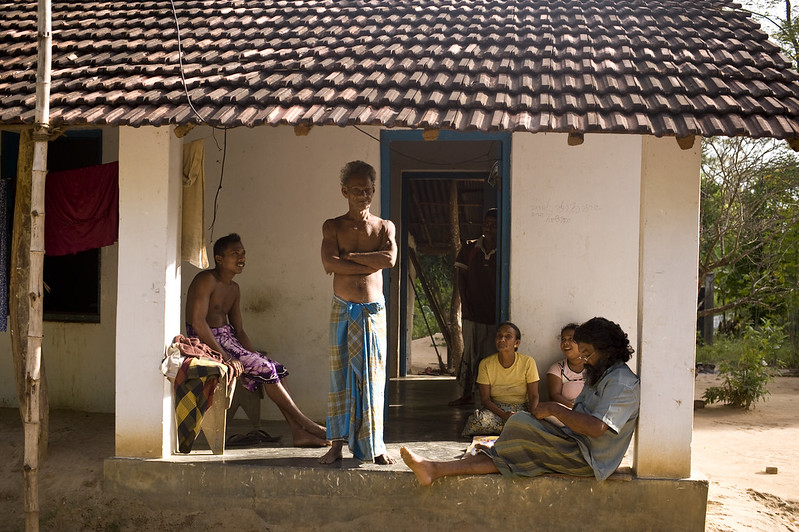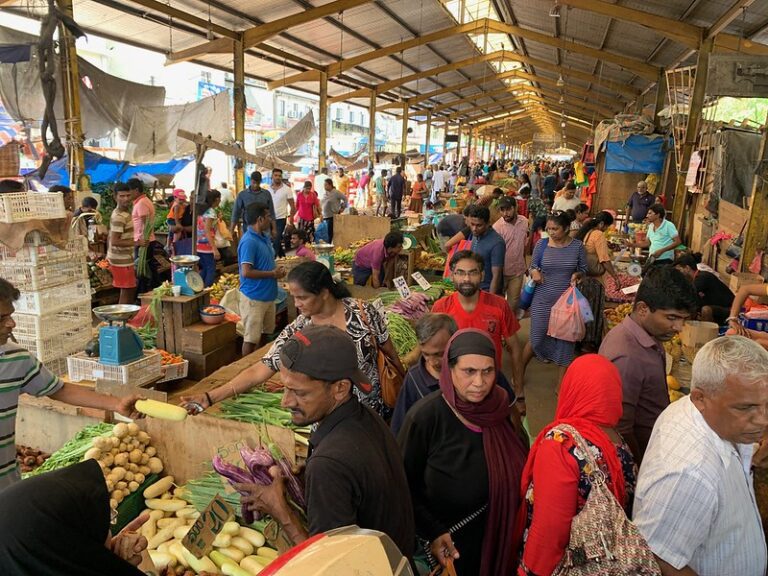Arrival in the Village
My journey took me off the beaten path to a small, remote village in Sri Lanka’s hill country. At first, I felt completely out of place—no sign of tourists, no English spoken fluently, just narrow dirt roads, smiling locals, and a sense of curiosity in the air.

Starting With the Basics
Greetings and Small Talk
The first words I learned were simple greetings: “Ayubowan” (hello/wishing long life) and “kohomada?” (how are you?). I practiced them before arriving, but saying them in person was nerve-wracking. To my delight, each greeting was met with warm smiles and a sparkle of recognition, instantly breaking the ice.
Sharing Thanks and Appreciation
I quickly realized that expressing gratitude went a long way. Saying “stuti” (thank you) after a local offered me a drink of water or showed me directions earned giggles and nods of approval. Small gestures, combined with a few Sinhala words, built immediate goodwill.

Connecting Through Everyday Life
Shopping at the Village Market
At the tiny market, I attempted to ask for vegetables and snacks in Sinhala. Though my pronunciation was far from perfect, locals appreciated the effort. I laughed along with the shopkeepers at my mistakes, and they playfully corrected me. By the end of the visit, I was invited to join them for tea, an experience I never expected.
Joining a Village Gathering
Later that day, I stumbled upon a small gathering at a local home. Using a few learned phrases and lots of smiles, I was welcomed into the group. We shared food, stories, and laughter. Simple words became a bridge to friendship, transcending the language barrier entirely.

Lessons From My Simple Sinhala
Effort Matters More Than Perfection
Locals were more impressed by my effort than by correct grammar. Attempting their language showed respect, curiosity, and humility, and these qualities opened doors faster than any guidebook could.
Non-Verbal Communication Counts
Gestures, smiles, and a positive attitude amplified my limited vocabulary. Combining simple words with expressive body language allowed me to communicate effectively and form genuine connections.
Tips for Using Sinhala in Remote Areas
- Learn key greetings, thank yous, and polite phrases before your trip.
- Carry a small phrasebook or translation app for reference.
- Practice patience—locals will often help you with pronunciation.
- Smile and use body language to reinforce your words.
- Be open to invitations; a few words can lead to meaningful experiences.
Final Thoughts
Using simple Sinhala words in a remote village taught me that language is more than communication—it’s a gateway to understanding and friendship. By trying to speak even a little of the local language, I experienced warmth, trust, and hospitality that I’ll never forget. It reminded me that travel is at its best when it brings people together, one word at a time.





How I Used Simple Sinhala to Make Friends in a Remote Village